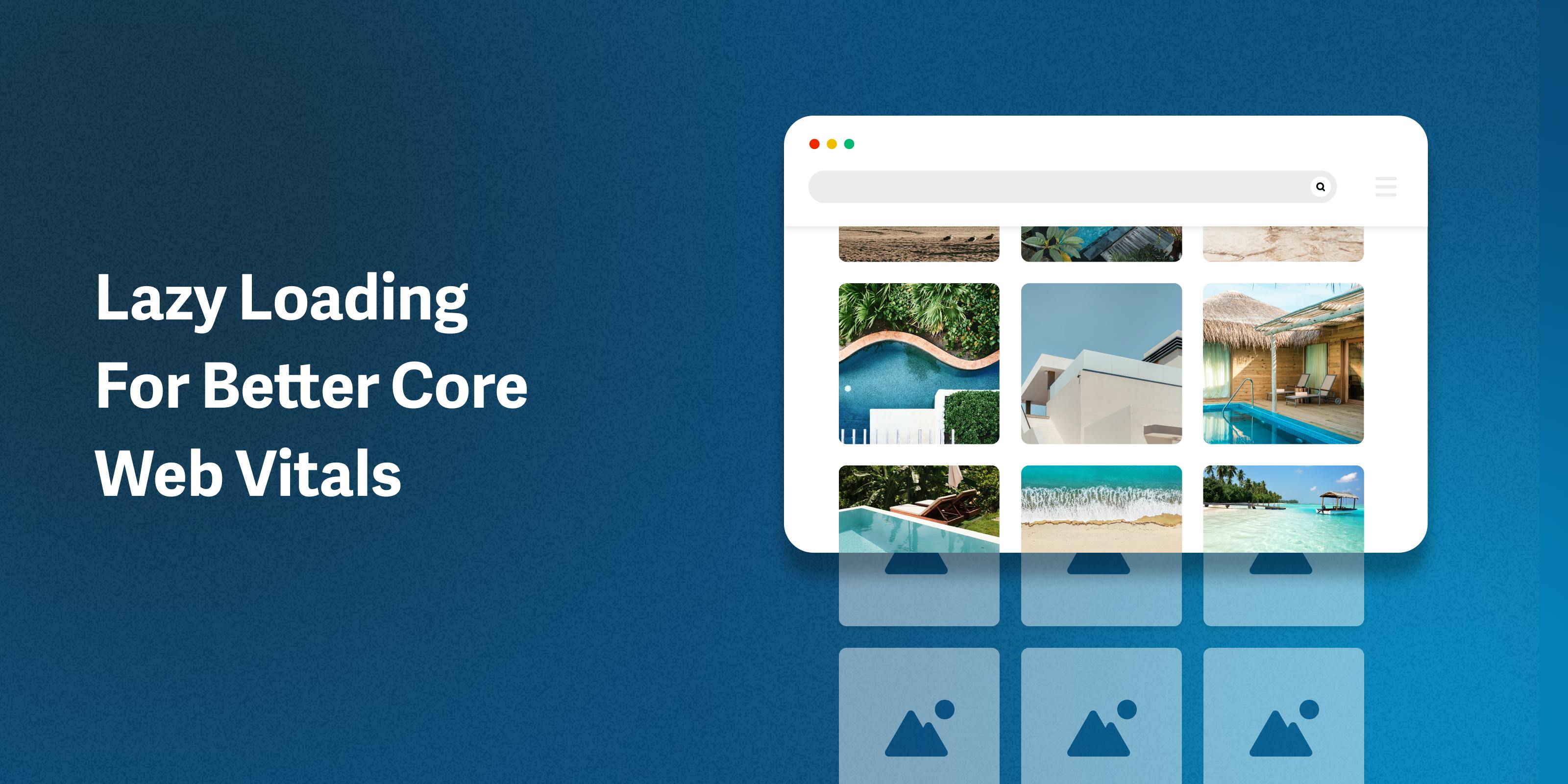
by Nick Switzer, Senior Solution Engineer at Contentful
August 24, 2022

Over the past few years, consumers increasingly expect digital interactions to be personalized and seamless across channels. Despite this shift, content creators and developers still find themselves stuck in rigid, legacy content management systems that can’t keep up.
Businesses that provide more personalized, omnichannel, and visually optimized user experiences see better results and greater customer loyalty. The key to successfully building and maintaining a modern web experience lies in an API-first, cloud-based ecosystem with a headless CMS and a visual media platform at the center.
Read the rest ➤

by Tom Dale
June 17, 2022

If you ever run a PageSpeed Insights analysis, you will likely see "defer offscreen images", also called lazy loading, as one of the improvement opportunities. In this article, which is the last installment of a three-part series on Core Web Vitals and image optimization, we’ll focus on lazy loading and talk about what it is, why it’s important, and how to implement it.
Read the rest ➤

by Nicole Zucco
May 26, 2022

In our last blog, we showed how to use Core Web Vitals (CWV) to evaluate your website’s performance. One of the most important CWV data points is Largest Contentful Paint (LCP). Because images are often the largest component on a web page, they heavily influence the LCP metric. The PageSpeed Insights tool lists which images on a site are slowing things down.
Read the rest ➤

by Cong Cao
May 26, 2022

Website speed matters. Nearly 70% of consumers admit that page speed impacts their willingness to buy from an online store. But did you know that Google increasingly weighs the quality of the user experience and page performance in its search algorithm? Google recently updated its Core Web Vitals (CWV) report and provided guidance on the most important metrics about page performance. In this blog, we’ll talk about what CWV are, what they measure, and how images impact CWV.
Read the rest ➤

by Eric Sanchez
April 11, 2022

Whether you are an e-commerce product manager or developer, the quality of the product images is critical to maximizing sales. Proper image optimization creates a compelling, responsive, and fast-loading experience on any device and browser. Effective image management can save you time and avoid errors as your images multiply.
This kind of end-to-end image workflow has always been easy for imgix customers. Now we’re making it available for Adobe Commerce users. The imgix integration helps users organize, visualize, and optimize product images with ease and accuracy.
Read the rest ➤

by Frederick Fogerty
March 2, 2022

The caliber of your website’s product imagery makes all the difference when it comes to converting visits into sales. For e-commerce, displaying the highest-quality, most-responsive images and videos — with fast page loads regardless of the device — is a must.
Now, for Salesforce Commerce Cloud customers, we’ve made it easy to load and optimize images in Page Designer directly from your existing cloud storage. With the Commerce Cloud integration, store managers and designers can search for, visualize, and select the best product images from one central source of truth for their online store while delivering the most optimized images.
Read the rest ➤
















